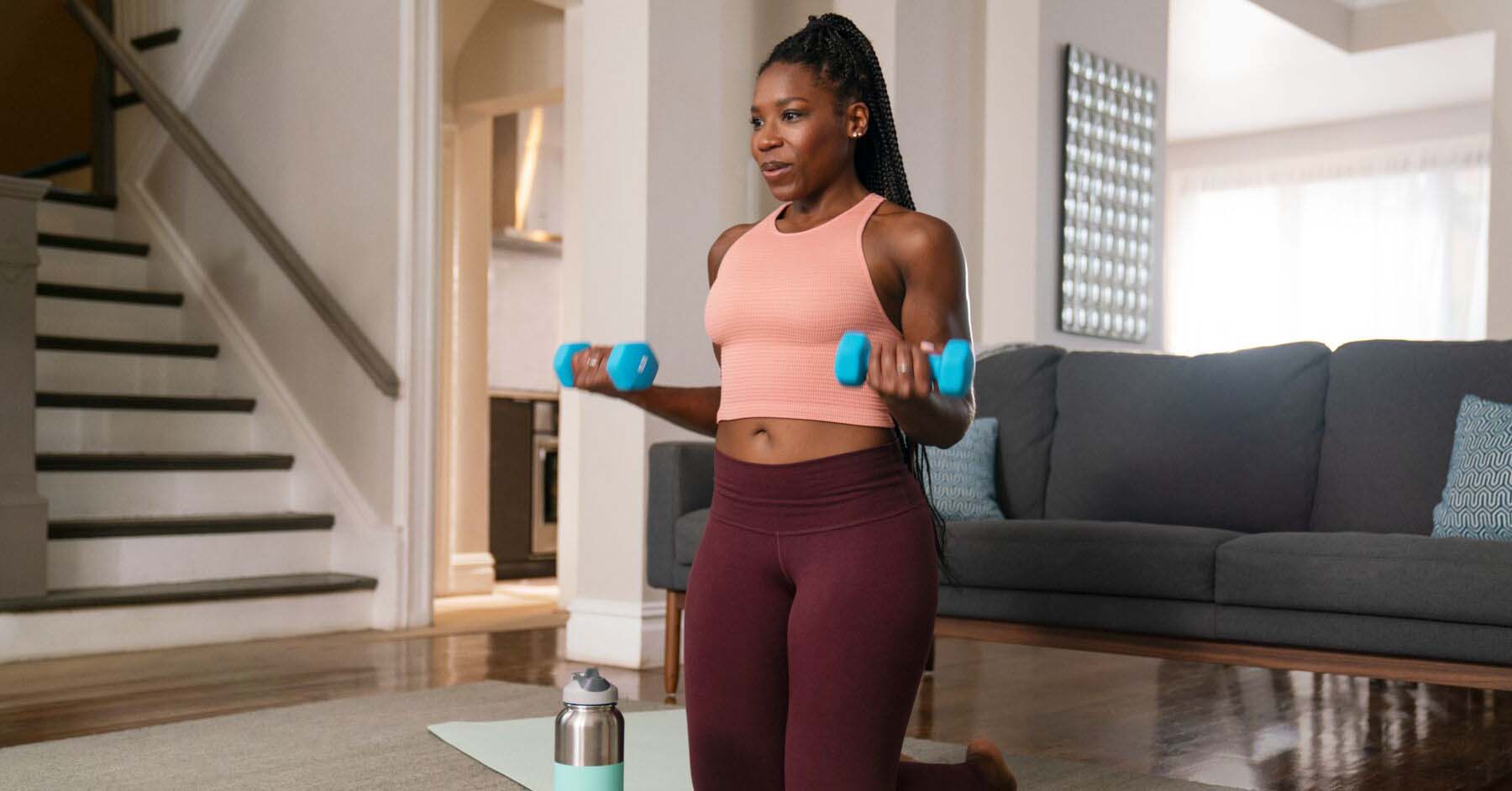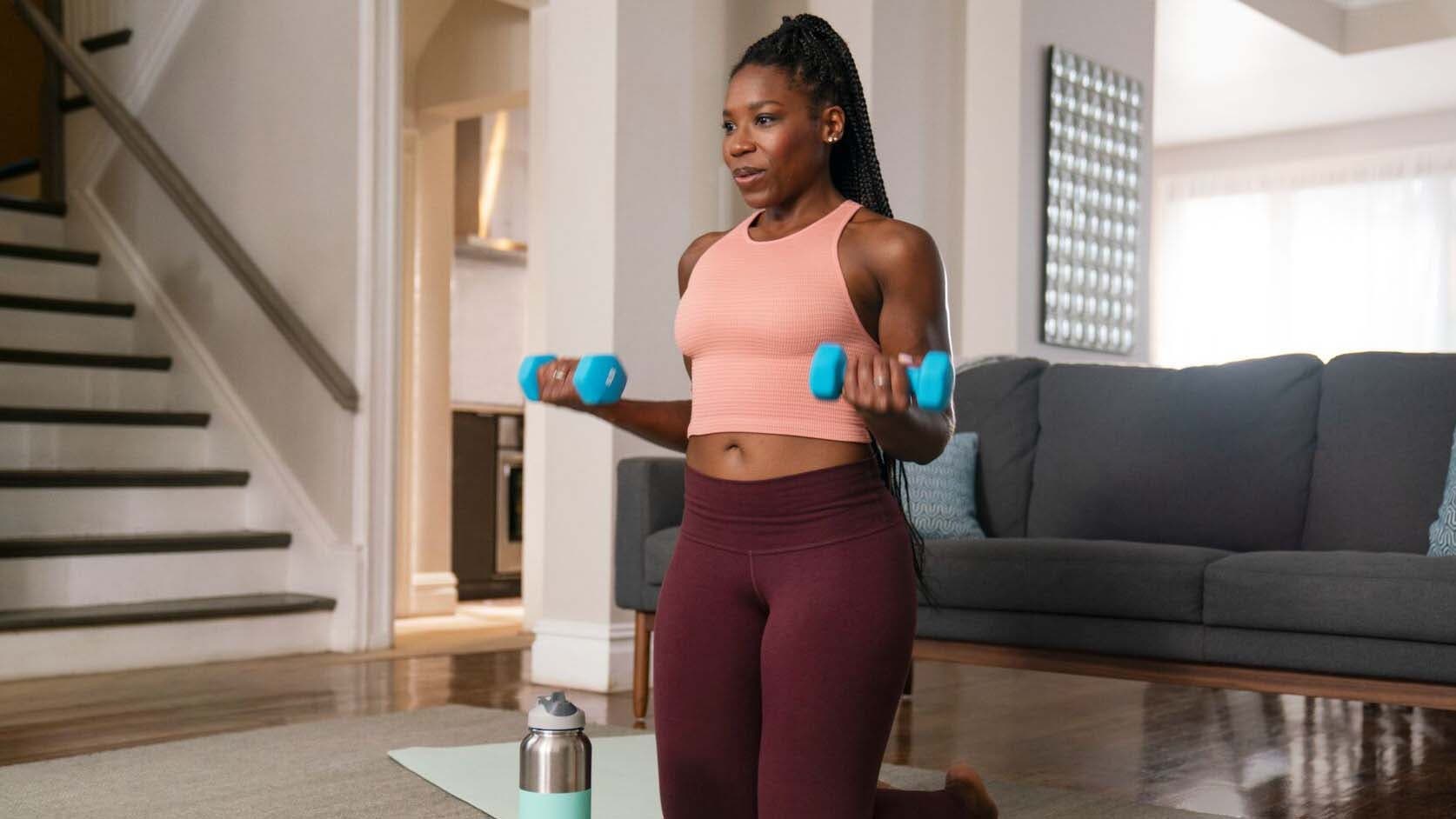How to Start a New Fitness Routine


As we get into fall, we may find we’ve fallen off of our routine a little bit, or perhaps we’re just tired of the same-old, same-old. Sometimes we just need to mix things up, so for advice on how to start a new fitness routine, we turned to Sara Hodson, founder and CEO of Live Well, a Vancouver-based exercise clinic concept. She breaks her advice down into four simple steps.
- Reset your expectations: “Understand there is no quick fix,” says Hodson. “Sustainable behaviour change is something that takes time, so it’s important to be committed for the long term. We have to work from a position of behaviours come first, outcomes come later,” she says, explaining that developing a consistent fitness habit should be the focus, rather than the outcome it will bring.
- Create your “why” and know your purpose: “The reason why we make lifestyle behaviour changes is because we have a greater purpose for ourselves,” she says. “We make these choices about exercise, activity and nutrition so that we can live life to the fullest, and in order to do that we have to create our why. Why are we doing these things? Write it down and know it. … Our purpose and our why can be viewed as the light at the end of the tunnel, and in difficult moments, [they] will allow us to stay on track so we will not fizzle out.”
- Do what you love: “We adhere to things when we enjoy them, and we adhere to our own ideas more than the ideas of others. Find an activity that you love,” says Hodson, adding that it’s okay if you don’t love exercising. “Fitness is a proactive habit we have to develop over time, much like brushing our teeth. No one necessarily wakes up in the morning looking forward to brushing their teeth, but it’s a habit that we do out of necessity and because it produces good outcomes like healthy gums and good breath. … If you love dancing, find a dance class near you, or walk around your neighbourhood with friends. There are many more options for physical activity than you think.”
- Start low and move slow: “What that means is it’s okay for your exercise to feel easy in the beginning,” Hodson says. “Most people start a new fitness routine, overdo it and quit because it’s too big of a time commitment. … At the end of the day it’s not about getting fit, it’s about creating a lifestyle habit to enhance your life and allow you to live it to [the] fullest.”
How often should you evaluate your fitness routine?
Hodson stresses the importance of making your fitness routine habit-focused and not necessarily goal-focused.
“To know if your exercise routine is working for you, before and after you exercise, rate your mood and energy from one [to] 10. A sustainable exercise routine is not about the number of pushups you do or how fast you run, it’s about feeling good in our lives, so that’s what we need to evaluate.
“Also,” she adds, “take notice [of] how it's improving other areas of your life by taking time each day for a daily celebration. This daily celebration can be anything in your life today that you can do better than you did before you started your exercise routine.”
She recalls a Live Well member who recently celebrated that she was able to carry a laundry basket upstairs without stopping to catch her breath. “These things are not measured in fitness tests but in real life ways that we can celebrate. Every day, ask yourself, what is something you’ve accomplished today that you can celebrate. How will you know if your exercise routine is working? Because you will find something to celebrate.”
Hodson also suggests creating 90-day plans that lay out the habits and behaviours you want to focus on and a goal to work toward.
“For instance, if today I am not exercising at all, then my goal would be to exercise four times a week by the end of the 90 days.”
You can re-evaluate what your focus will be every 90 days, she says.
“Always keep it habit-based (change the frequency or length of exercise, for example) and [focus on] how to achieve that goal between now and [the end of the 90-day period].”
How do you know when it’s time to try something new?
Hodson says if something is working for you, keep doing it, and if you find another activity that interests you, add it to whatever you’re already doing.
“Only add something new to your exercise routine because you love it and it will help get to your why – your purpose for improving your fitness.”
That said, she adds, “our body adjusts to an exercise routine quickly, so every four to six weeks you will want to try to make some minor changes. These can be as simple as: walking a new route, increasing your pace every five minutes for one minute, adding a hill to your walking or trying some new resistance training exercises. Our bodies are smart, and it’s our job to keep challenging ourselves so that we continue to reap all the benefits of our hard work.”
